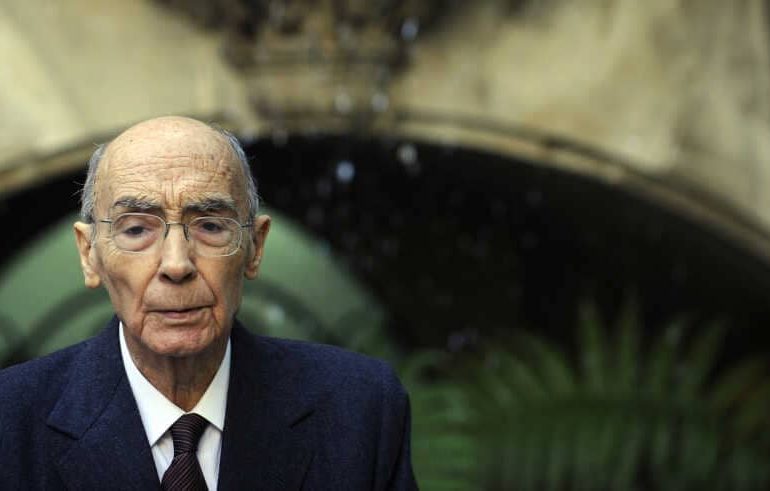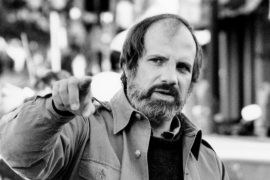José M. Sousa Saramago was born on November 16, 1922 in Azinhaga in the Portuguese province of Ribatejo. As he pointed out in his speech at the Nobel Prize in Literature in Stockholm on December 10, 1998, his paternal grandparents – Jerónimo Melrinho and Josefa Caixinha – were illiterate pig farmers. His parents – José de Sousa and Maria da Piedade – were landless peasants until his father moved the family to Lisbon in 1924, where he got a job as a policeman. Although José’s mother never learned to read or write until the end of her life, she bought her inquisitive son a book when he was twelve years old. However, in 1936 he had to drop out of high school because his parents could no longer afford the school fees. José switched to a technical secondary school and completed an apprenticeship as a locksmith. In the evenings he often sat in a public library. In 1944 he married the painter Ilda Reis. Three years later his daughter Violante was born, who remained Saramago’s only child. He earned his family’s living as a technical draftsman, civil servant, publisher, translator, journalist and literary critic.
At the age of 47 he joined the Portuguese Communist Party, banned under Salazar and Caetano. After the failure of his first marriage, which ended in divorce in 1970, he lived with the writer Isabel da Nóbrega until 1986. In 1988 he married the Spanish journalist Pilar del Río, with whom he moved back to the Canary Island of Lanzarote five years later – after the scandal surrounding his novel “The Gospel According to Jesus Christ”. José Saramago published his first novel at the age of twenty-five (“Land of Sin”, 1947). Then thirty years passed before his second appeared (“Handbook of Painting and Calligraphy”, 1977). He became internationally known in 1982 with the novel “The Memorial”. In 1998, José Saramago was awarded the Nobel Prize in Literature. When asked why he conveyed a gloomy, pessimistic view of the world in his novel parables, he replied: “I’m not a pessimist, just a well-informed optimist.” José Saramago died on June 18, 2010 at his home in Lanzarote.
José Saramago: Bibliography (selection)
Hope in the Alentejo (1980), The Memorial (1986), The Year of Ricardo Reis’ Death (1984), The Stone Raft (1986), The City of the Blind (1995), The Double (2002), The City of the Seeing (2004 ), A Time Without Death (2005), Little Memories (2006), The Journey of the Elephant (2008), Cain (2009).
What is Jose Saramago famous for?
José Saramago, (born November 16, 1922, Azinhaga, Portugal—died June 18, 2010, Lanzarote, Canary Islands, Spain), Portuguese novelist and man of letters who was awarded the Nobel Prize for Literature in 1998.
What did Jose Saramago win the Nobel Prize for?
In 1995, I published the novel Blindness and in 1997 All the Names. In 1995, I was awarded the Camões Prize and in 1998 the Nobel Prize for Literature. José Saramago died on 18 June 2010.
Is Jose Saramago still alive?
Date of death: June 18, 2010
Place of death: Tías, Spain
Where is Jose Saramago from?
He was born in a family of landless peasants, in Azinhaga, a small village in the province of Ribatejo, on the right bank of the Almonda River, around a hundred kilometres north-east of Lisbon. His parents were José de Sousa and Maria da Piedade.
What language did Jose Saramago write in?
He was the first Portuguese-language writer to win the Nobel Prize, and more than two million copies of his books have been sold, his longtime friend and editor, Zeferino Coelho, said. A novel by Mr. Saramago, “The Elephant’s Journey,” is to be published posthumously in English on Sept.





